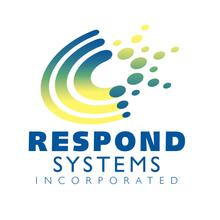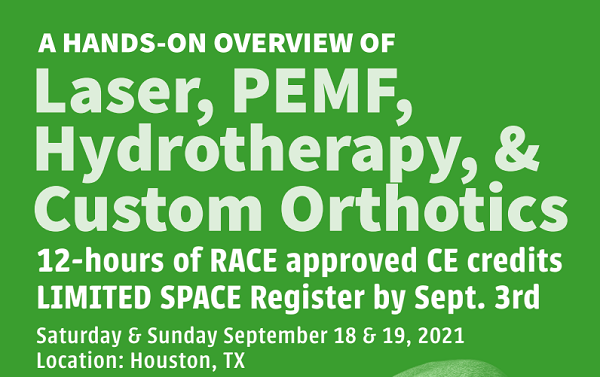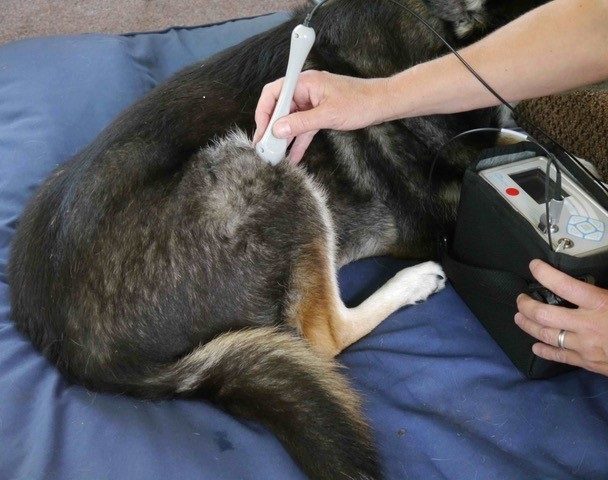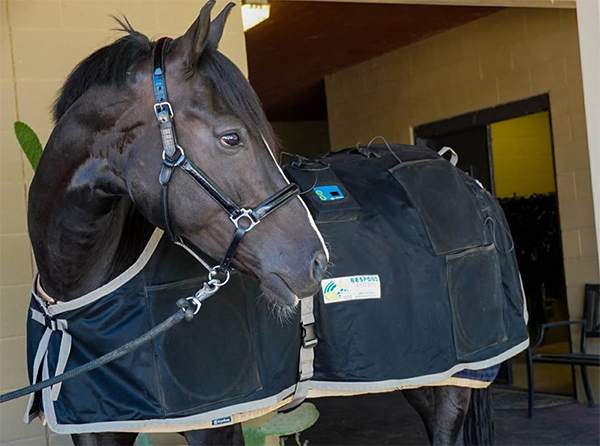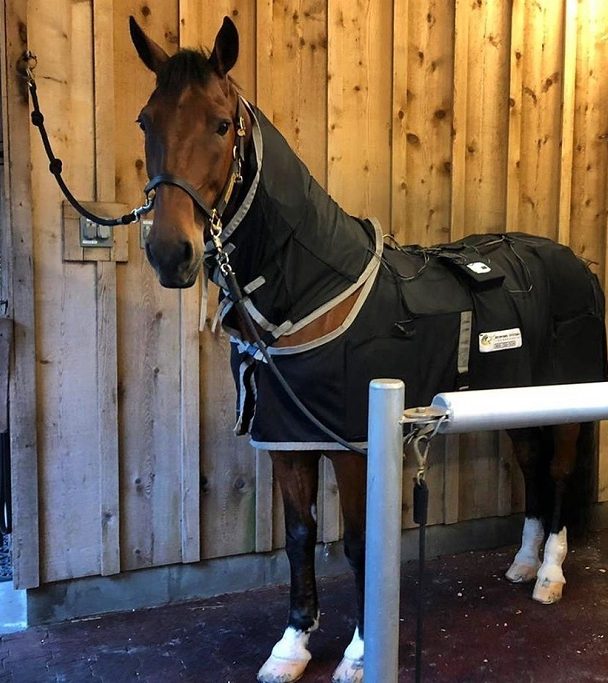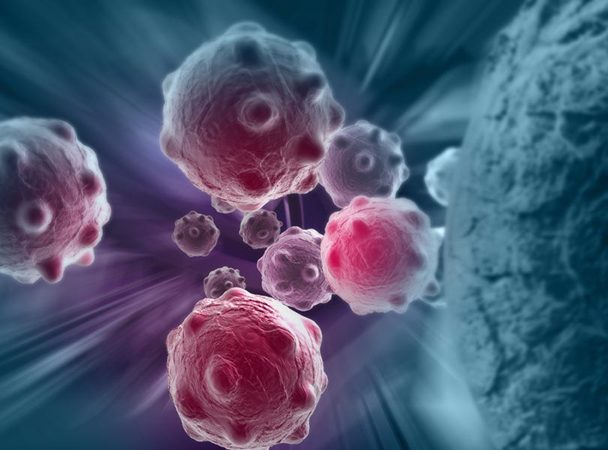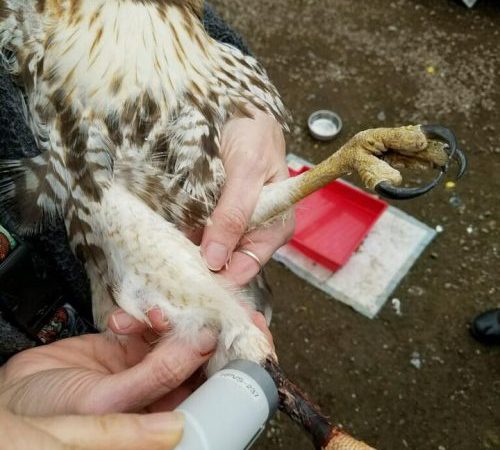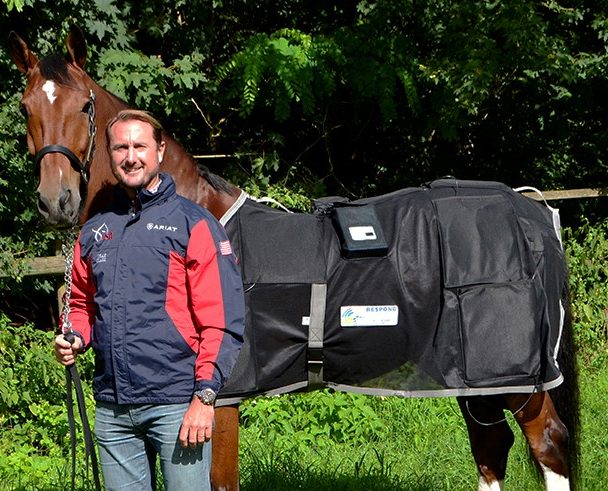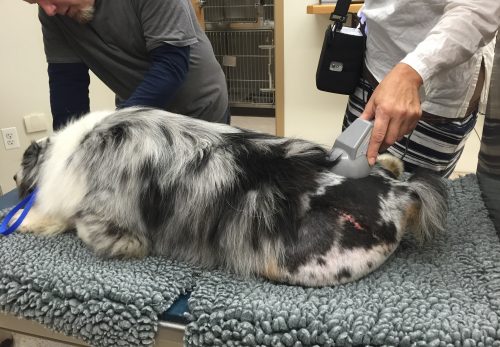Do these behaviors ring a bell with you?
Excessive panting when your dog knows you are leaving for work.
Your cat excessively grooming to the point that he creates bald spots in his fur
Anxiety in your horse before competition
Historically, Respond Systems, Inc has focused on PEMF therapy for pain relief, to reduce inflammation and to accelerate healing of both soft tissue and bone. Recently, however, we’ve seen a trend of positive reports of impacts on nervousness and anxiety in animals using the Respond Systems PEMF devices.
While bone and soft tissue healing pioneered the FDA
approvals of PEMF, studies within the past decade have shown beneficial effects
on the brain, including for treatment of depression and anxiety.
Two recent independent studies reported a reduction in
“anxiety-like behaviors” when mice and rats were exposed to PEMF fields (Choleris,
et al. Kalkan, et al). Other studies
have moved out of the lab animal model to examine effects on human subjects as
well. In one study (Martiny et al), the
transcranial application of PEMF resulted in a 62% reduction on the Depression
Rating Scale for patients suffering with treatment resistant depression.
This research is still young, and we aren’t making any claims
of cure with PEMF therapy for the depressed dog or anxious horse. There does
seem to be a promising trend that bears watching regarding PEMF’s positive
impact on the conditions of those battling these types of mental conditions and
illnesses.
For example, Deanna Rogers, PT, CCRP, CCFT, from Good Life Physical Therapy for Animals, shared her experience on the effect of PEMF on one of her geriatric patients.
“I had a very anxious and painful home care patient that I
only saw twice who was a 130lb, overweight Malinois. He had severe left groin
and knee pain so when I saw him the second time, when he was much worse after
battling a tangle with a laundry basket, I recommended he see the vet again. It
was the weekend, the vet office was closed, and the owners couldn’t get him in the
car by themselves to get him to the ER clinic. So they wanted to manage him at
home till that Monday.”
“I gave them my Respond PEMF bed in addition to other things to try. They told me he LOVED the bed at the 5 Hz frequency. They were thinking more is better and tried 15 Hz and he wouldn’t get on the bed. So they went back to 5 Hz and he would go and lie on it and become less anxious.”
For decades, we’ve heard of a similar effect in horses treated with the Bio-Pulse Sentry PEMF Blanket.
Tom Meyers, equine physiotherapist and U.S Team Physio for numerous Olympics and World Games, has been working with PEMF therapy for over 25 years, and had this to say:
“90% of the horses treated with Respond blankets get relief from anxiety. We treated Legolas, Steffen Peters’ (Multi-Time Dressage Olympic and World Game Medalist) horse, with the Sentry blanket before all competitions for his whole career, including World Games, Olympics and World Cup Aachen!”
While a method of activation or biochemical mechanism has
not been defined yet, there are a few theories on the pathways PEMF therapy
takes to combat depression and anxiety. These include improving neuroplasticity
processes (Cichoń et al), decreasing higher EEG frequencies (Amirifalah, et al)
and positively impacting the electrical activity of neurons and neurobiological
processes effecting local brain activity and connectivity.
Respond will continue to follow the research on the topic as
it emerges! In the interim, don’t be surprised if you find yourself using your
PEMF equipment to not only promote soft tissue healing and reduction in
inflammation, but also for addressing anxiety!
Amirifalah Z, Firoozabadi SM, Shafiei SA. Local exposure of brain central areas to a pulsed ELF magnetic field for a purposeful change in EEG. Clin EEG Neurosci. 2013 Jan;44(1):44-52.
Choleris E, Thomas
AW, Prato FS. A comparison of the effects of a 100 ut specific pulsed magnetic
field and diazepam on anxiety-related behaviors in male CF1 mice.
Bioelectromagnetics Society, 21st Annual Meeting, 20-24 June, Long Beach, CA,
Abstract No. P-91, p. 129-130, 1999.
Cichoń N, Bijak M, Czarny P, Miller E, et al. Increase in Blood
Levels of Growth Factors Involved in the Neuroplasticity Process by Using an
Extremely Low Frequency Electromagnetic Field in Post-stroke Patients. Front
Aging Neurosci. 2018 Sep 26;10:294.
Kalkan MT, Korpinar MA, Seker S, et al. The effect of the 50
Hz frequency sinusoidal magnetic field on the stress-related behavior of rats.
Proceedings of the 2nd International Conference Biomedical Engineering Days,
20-22 May, Istanbul, Turkey, p.78-81, 1998.
Martiny K, Lunde M, Bech P: Transcranial low voltage pulsed
electromagnetic fields in patients with treatment-resistant depression. Biol
Psychiatry 2010, 68:163–169.


